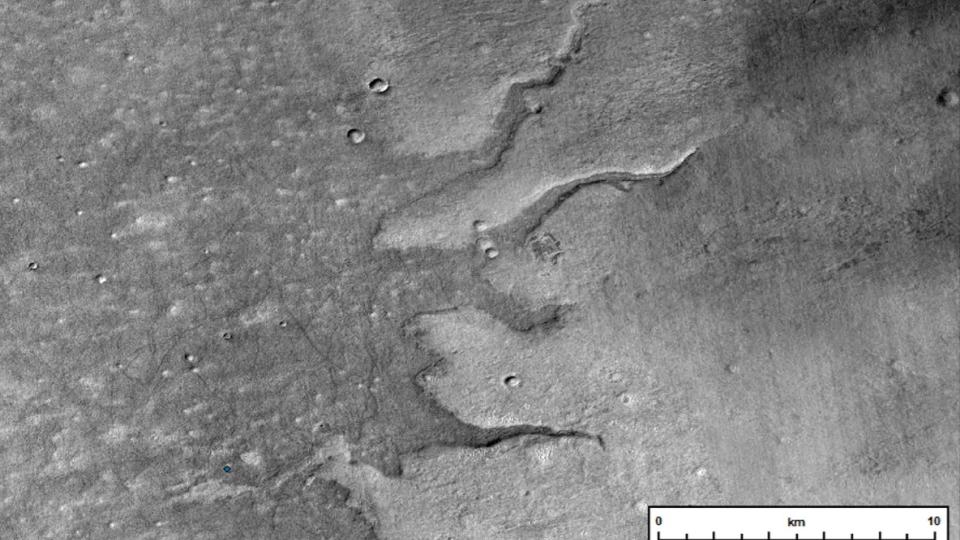
Mars is an exceedingly complex world, and understanding what forces have shaped its surface requires detailed image data. The Mars Reconnaissance Orbiter spent over a dozen years imaging Mars at five meters per pixel, and in 2018 the Murray Lab at Caltech released their first nearly global mosaic of these seemingly countless images.
The images came from MRO’s Context Camera, and when combined into a single eight-trillion pixel map, they make it possible to trace out river features, lava flows, and more. Now, roughly two years later, this mosaic has produced the first global study of riverways and deltas on Mars. Published in the journal Geology, this work, led by JL Dickson, traces riverways from their source through to their depositional ridges.
We’re all used to seeing the valleys carved by rivers as they flow across the landscape. What we so often forget about is that all that removed rock had to end up somewhere. Here on Earth, we can see ridges left where dried out rivers ended. The most spectacular are in deserts like Death Valley, in California, and in Chile’s Atacama Desert.
Today, all of Mars is either desert or ice, and scientists had previously been able to locate some ridges in regional data. With this global mosaic, eighteen new ridges, running as much as 100km long, were found. These ridges are large — each with a width greater than 70 meters or more than half a football field — and demonstrate that Mars once had great rivers. Unfortunately, that once was long long ago. Martian rivers appear to have run 3-4 billion years ago and then dried completely as the Martian atmosphere escaped into space. Mars is a changing world in every way.
More Information
The Geological Society of America press release
“The global distribution of depositional rivers on early Mars,” J.L. Dickson et al., 2020 December 21, Geology




 Join the Crew!
Join the Crew!
 Escape Velocity Space News
Escape Velocity Space News
0 Comments